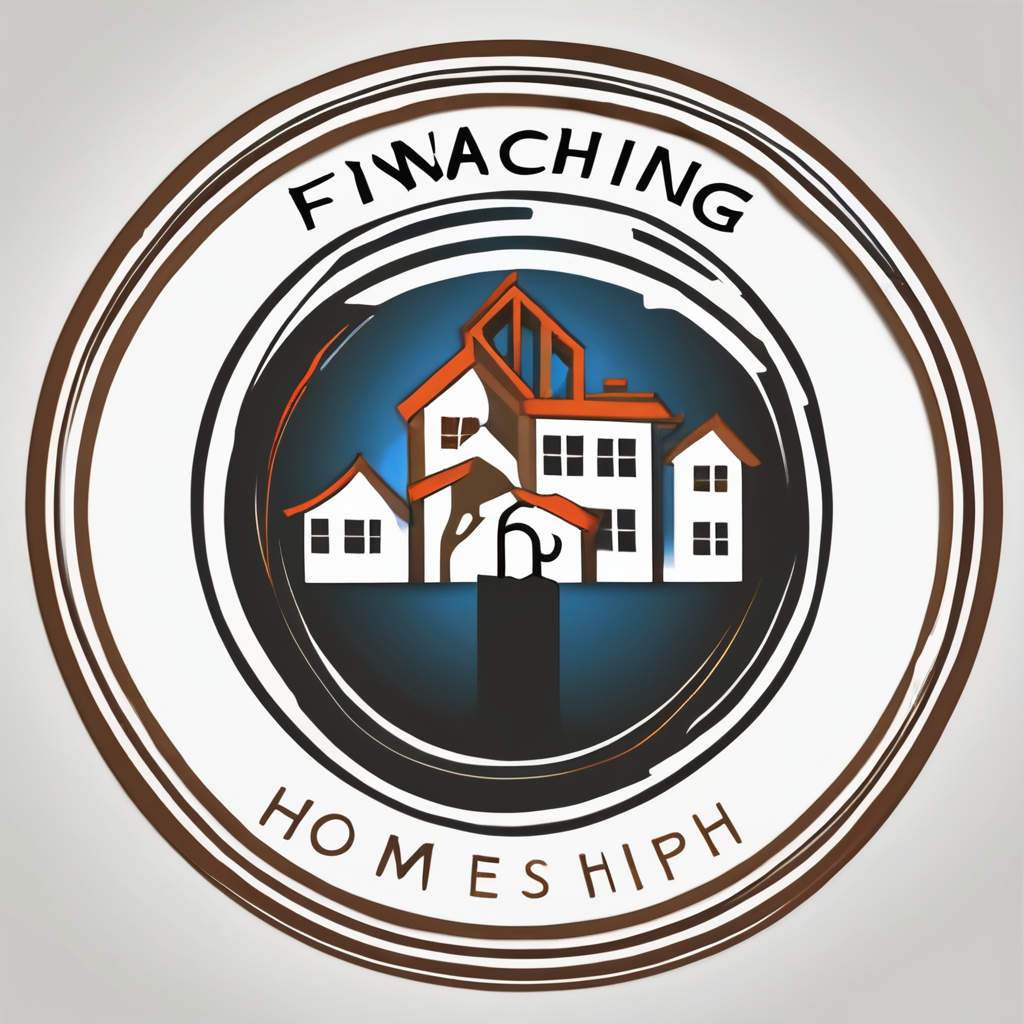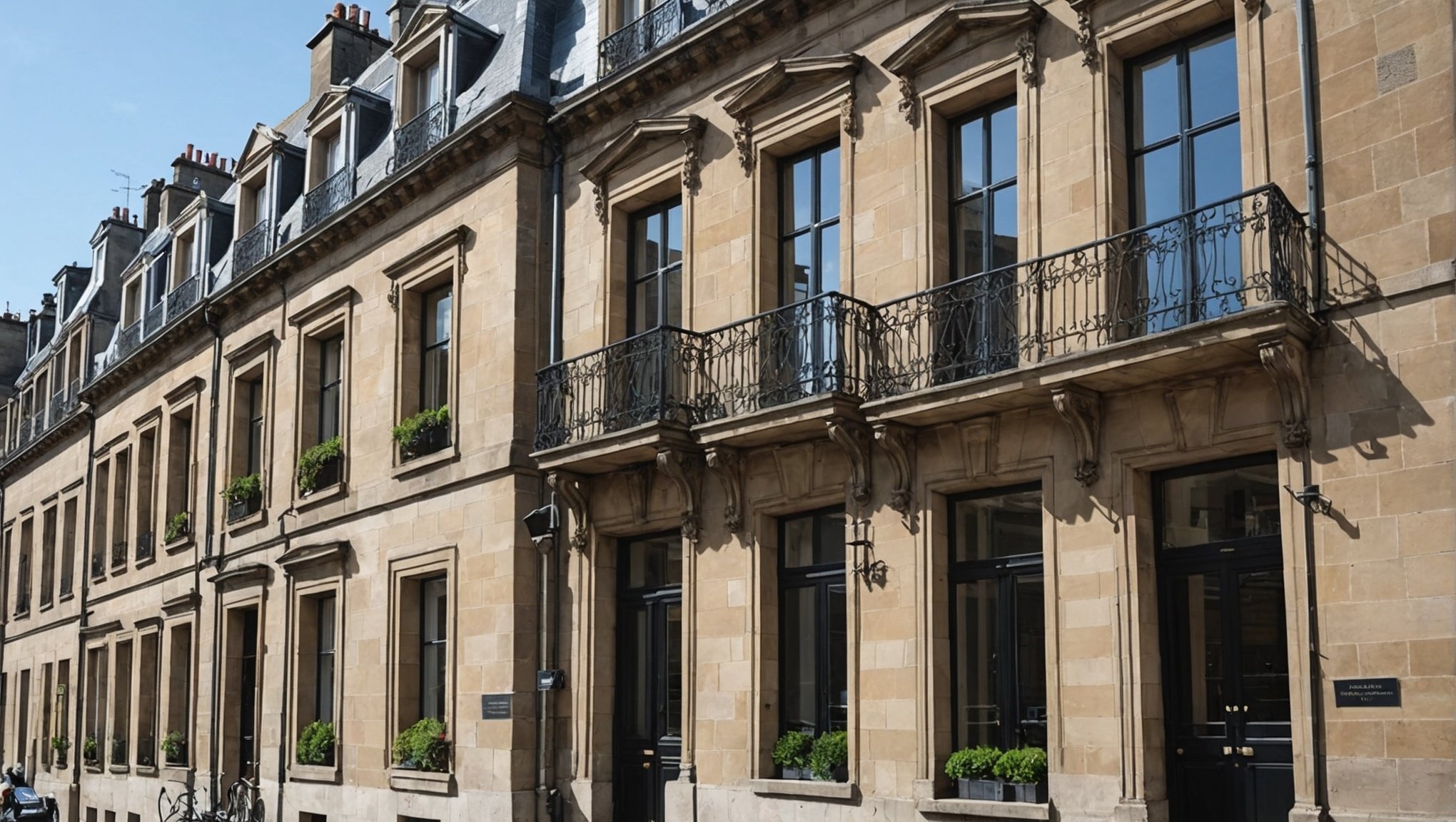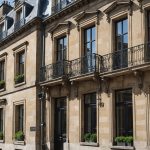Edinburgh, the capital of Scotland, is a city rich in historic buildings and unique architectural features. From quaint cobblestone streets to imposing listed buildings, the city’s property market is a diverse and vibrant tapestry of architectural styles. However, when it comes to insuring these properties, the unique features that make them so desirable can also lead to complications and potentially high costs. In this article, we will delve into the world of property insurance in Edinburgh, focusing specifically on how architectural singularity impacts coverage and premiums.
Understanding the Edinburgh Property Market
The bustling city of Edinburgh is renowned for its beautiful and unique streets filled with historically significant buildings. The city’s profile is dominated by listed buildings, structures that are considered of national importance due to their architectural or historic interest. These are protected by law, and any alterations, extensions, or demolitions require consent from the planning authorities.
A voir aussi : Working in spain 2025: your essential guide for expats and foreigners
The Edinburgh property market is highly sought after. The city’s blend of modern housing with historic, listed buildings is unique. Furthermore, the demand for such properties often exceeds supply, resulting in a high market value for these homes. However, owning a property with unique architectural features comes with its own set of challenges, particularly when it comes to insurance.
The Challenge of Insuring Unique Properties
Insurance for a property in Edinburgh, particularly those with unique architectural features, can be complex. Often, these types of properties require a bespoke approach to insurance, especially if they are historic or listed buildings.
Lire également : What are the tax benefits of owning a historic property under conservation in Liverpool?
The age and unique construction methods used in such buildings can often result in higher costs for repairs and maintenance. The materials used are often no longer commonplace, and specialised craftsmen may be required to carry out any repairs, pushing up the cost of insurance. Furthermore, listed buildings often have strict planning and conservation rules that insurers need to consider when calculating premiums. For example, if a fire were to severely damage a listed building, the owner might be required by law to rebuild the property exactly as it was — a potentially costly endeavour.
Conversion Properties and Their Insurance Implications
Another unique aspect of the Edinburgh property market is the prevalence of conversion properties. These are buildings that have been converted into homes from their original use, such as old churches, barns, or warehouses.
Conversion properties often retain many of their original unique features, adding to their charm and appeal. However, from an insurance perspective, these properties can be challenging. The original building may not have been designed for residential use, which can lead to increased risk. This, in turn, can result in higher insurance premiums. Additionally, the unusual design or layout of a conversion property can also complicate the estimation of rebuild costs, another important factor that insurers will consider.
Insurance Planning for High-Cost Properties
Given the high costs associated with insuring unique properties in Edinburgh, careful insurance planning is essential for potential homeowners.
It is fundamental to work with an insurer that is experienced in dealing with unique and listed properties. They will have the necessary knowledge and expertise to accurately assess the property and provide a comprehensive insurance policy that covers all potential risks.
When purchasing a unique property, it is also important to get an accurate valuation for insurance purposes. This should include not only the market value of the property but also the potential rebuild costs, taking into account any unique features or building materials.
Additionally, if the property is a listed building, it’s crucial to understand the specific requirements and regulations associated with its status. This will help ensure that the insurance policy includes adequate coverage for this.
Mitigating the High Insurance Costs
While insuring unique properties in Edinburgh can be costly, there are ways to mitigate these high insurance costs.
Installing modern safety features, such as a robust alarm system or fire prevention systems, can help reduce the risk associated with these properties, potentially leading to lower insurance premiums. Regular maintenance and repairs can also help keep costs down by preventing minor issues from escalating into major problems.
Finally, shopping around for the right insurance policy is crucial. Don’t just accept the first quote you receive. Instead, compare offerings from several insurers, taking into account not only the premium but also the extent of the coverage and any exclusions.
In conclusion, while the unique architectural features of Edinburgh’s properties add to their allure and market appeal, they can complicate the insurance process. However, with careful planning, accurate valuations, and strategic cost mitigation practices, these challenges can be effectively managed.
Limitations and Exemptions in Insuring Unique Properties
Edinburgh’s rich tapestry of unique properties, including the likes of listed buildings and conversion properties, can sometimes pose limitations and exemptions in the realm of property insurance. These limitations often revolve around the restrictions imposed by planning permissions, conservation rules, and the historical status of the property.
Unlike regular real estate, insuring a unique architectural property isn’t as straightforward. Special considerations need to be taken into account such as the age of the building, the materials used in its construction, and any specific requirements for repair or restoration.
In the case of listed buildings, the owner is often compelled to maintain the original architectural features, even in the face of damage or decay. This means that if the building suffers any damage, the restoration work needs to follow stringent rules to preserve the original design and materials, which can considerably inflate the repair costs.
Furthermore, for conversion properties – those that have been repurposed from their initial use like warehouses, churches or even flatted blocks into residential homes – face their own unique set of challenges. In terms of building insurance, the unconventional design and layout of these properties can make the calculation of potential rebuild costs a challenging task.
With this in mind, it is crucial for homeowners of such properties to acquaint themselves with the insurance implications of their property. This can aid in avoiding any unpleasant surprises in the future.
Long-Term Financial Implications
Beyond the initial acquisition, property investment in unique structures in Edinburgh can have significant long-term financial implications. These are particularly evident when it comes to insurance premiums and potential repair costs.
For instance, insuring a listed property in Edinburgh is often more costly compared to a modern building. This is because the maintenance and restoration of such buildings are bound by law to adhere to original design specifications, using original, often rare and expensive, materials.
Also, the insurance costs for conversion properties can be inflated due to the potential risks associated with their original design not intended for residential purposes.
Moreover, the insurance process for unique properties often demands a bespoke approach. Standard insurance policies may not cover all potential risks associated with these types of buildings. Therefore, a customized insurance policy, which usually comes at a higher premium, is necessary to ensure adequate coverage.
In light of the high insurance costs, potential homeowners of unique properties must factor in these financial implications in their long-term planning. This will ensure they are adequately prepared for the financial responsibilities associated with owning such a property.
Conclusion
Edinburgh’s property market, with its unique blend of modern and historical structures, holds a certain allure that is hard to resist. Yet, the unique architectural features that add to the charm of these properties can pose challenges when it comes to insurance coverage.
Owning a listed building or a conversion property in Edinburgh necessitates a thorough understanding of the insurance implications, and the potential limitations and exemptions. Furthermore, the long-term financial implications of insuring such properties should be a key consideration in any property investment decision.
However, these challenges should not deter potential homeowners. With prudent planning, leveraging the expertise of insurers experienced in unique properties, and a strategic approach to mitigating costs, homeowners can navigate these complexities. After all, the appeal of living in a property steeped in history and architectural grandeur is an experience that is truly unique to Edinburgh.






